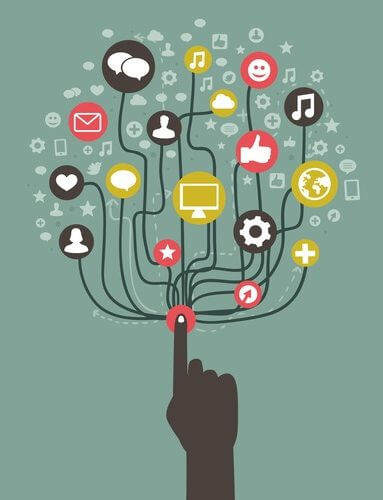There are many reasons why corporate wellness programs fail to generate the employee engagement that employers hope for: the program may be poorly designed, incentives may be misaligned or sometimes, there simply isn’t enough buy-in or commitment from senior management. But sometimes the lack of engagement boils down to something that can be relatively easily remedied: Underselling. The communication effort to employees simply isn’t adequate in reach, frequency, or message to sufficiently generate participation.
Often, a new corporate wellness benefit is promoted by:
- Announcing the benefit in a letter or a flyer with a bulleted list of features
- Including the benefit in new hire orientation
- Including a blurb about the benefit in a handbook or Intranet list of benefits
- Periodically reinforcing wellness benefit availability
That will likely generate some participation. There are some people who are very interested in fitness, health and wellness and won’t need much to pique their interest. We’d maintain that most of those “early adapters” may not be the ones who could most benefit by the wellness program. Change is hard, and it’s human nature that many people aren’t ready to make change until they need to. People often tune out messaging until they are ready to act.
We’d assert that maximizing wellness engagement beyond the “early adapters” takes a much more aggressive communication program, one that takes a page from successful advertisers: focus on reach, frequency and the simple successful mantra of repeat, repeat, repeat.
It also takes a more opportunistic approach. In behavioral terms, readiness to change is often described as a change continuum, with various stages:
- Precontemplation
- Contemplation
- Preparation
- Action
- Maintenance and relapse prevention
In sales (think persuasion) terms, Google talks about how sales messaging must show up at the decision moment, which they call the “Zero Moment of Truth.” Avinash Kaushik, a Google Digital Marketing Evangelist, talks about being ready for that Zero Moment of Truth by leveraging all the “tools that are available to us to show up at the right moment in front of the right person with the right message.”
Are you leveraging all the tools available to take advantage of your employees “Zero Moment of Truth”?
- Workplace “point of sale” such as bulletin boards, cafeteria table tents, and posters.
- Direct mail – payroll stuffers, letters to the home
- Web-based tools – Intranets and apps
- SMS text messaging
- Email messaging
- Events: messaging at company and team meetings, health fairs, brown bag lunches, webinars and trainings
Are you varying the message in consideration of the continuum or change?
Everybody’s “zero moment of truth” — or in this case, readiness to explore health changes — will vary based on personal circumstances and where they are on the continuum of change. For one person, a readiness to change might be triggered by age marker such as turning 40; for another, it might be a recommendation from their physician on an annual visit; or it might be a desire to get back in shape after childbirth; a response to a health crisis of a family member or friend; or simply a desire to lose weight for a special event like a wedding, a vacation, or a high school reunion.
Vary messaging to include educational messages, reminders, health studies, specific wellness benefit features and more. Vary the sender, too. Have messages come from different people: the CEO, HR, healthcare provider, wellness partner, and peers in the form of testimonials.
We learned firsthand that heightened communications can translate to higher utilization via a study conducted by our affiliated ESI Employee Assistance Program. In the study, employers who increased the frequency of messaging saw a 380% increase EAP engagement. We’ve seen similar results with corporate wellness programs via our comprehensive employee wellness communications program and our Automated Digital Communications program, which features:
- Corporate wellness brochures, table tent displays, posters, and other collateral materials
- Explanation of the Workplace Wellness Coaching process
- Communication about Health Risk Appraisals (HRAs)
- Employee Wellness Incentive Communications
- Employee Workplace Wellness Presentations
- Email Communications (wellness tips)
- Topical health and wellness video presentations
- Health Fair Planning and attendance
- Corporate Wellness Workshops
- Corporate Wellness Portal and Wellness Apps

